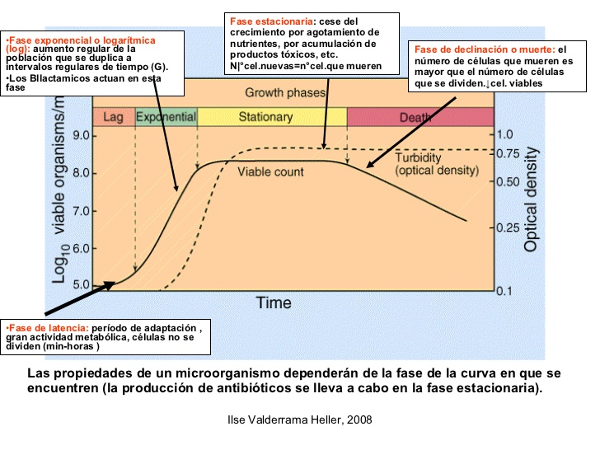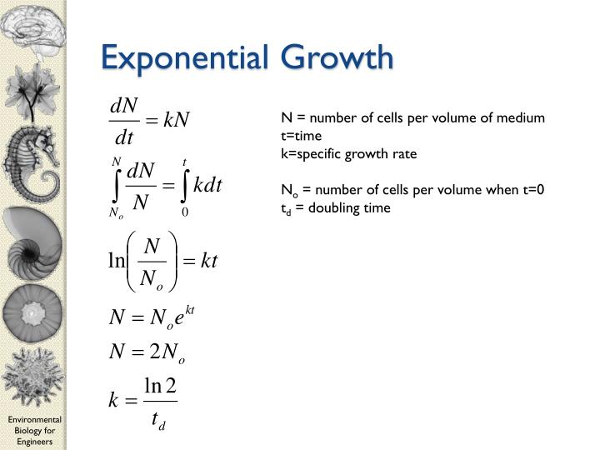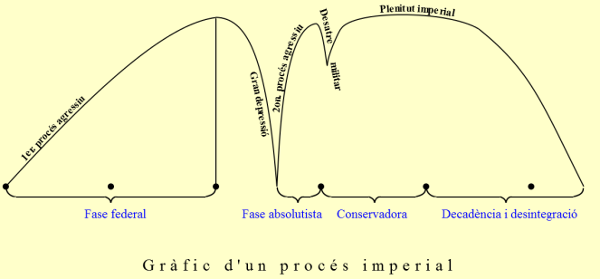Deulofeu’s plenty.
Generational Cycles. Saturday, July 13th 2019.
Deulofeu’s plenty.
History repeats itself but, how often?
Cyclodinamics. Mathematicians. Cyclic theory.
E pluribus unum.
The master Deulofeu had a visión of societies as a single organism, made out of its multiple organs. And he succeeded, by focusing on the evidence that every living being faces a cycle of life and death. However, such a picture may mislead us unless we see the whole picture.
A human body or any other organism is indeed an association of multiple functional and specialized cells, interacting in a very complex way. With that, they form a Dynamical system.
But there are many possible ones, like for instance all microorganisms degrading wastewater.
As a function of enviromental conditions and which microorganisms are present, real biological catalogs may develop as an expression of diversity. They spread on the organic matter, then go on until they swallow it almost entirely and finally they feed off themselves.
That can be seen in a typical bacterial growth plot, showing the evolution of their population. In biology and enviromental science, it’s well known the following one:
The ascending branch can be mathematically modelled by using the equations:
In fact, a closed ecosystem follows a double figure. When it looks like everything is done, the system recovers by eating the corpses of the dying microorganisms. That lets population recover and grow again, at least until it degrades again and decays, finally disappearing.
By the way, all different species in the culturing never become a new and homogeneous species during the time that the association lasts, then separating in different groups. Although there is always a more aggressive strain narrowing others’ choices to grow.
By chance, an empire fits quite well with such dynamics, an heterogenous body of organisms (peoples) who grow and spread over a layer of resources.
Deulofeu tells us about the imperial process in «Naixement, grandesa i mort de les civilitzacions» («Birth, greatness and death of civilizations»):
We must be aware this is not an evolutionary cycle, but a biological process…
…the imperial process plot… follows a constantly raising line. We reach a time when,… it follows a dropping path… everything makes us believe it has dead.
The winning faction,… recovers all territories formerly lost.
We reach the imperial plenitude… we represent it by a horizontal stroke…
When reaching the declining phase, then the plot starts dropping… to the point that the empire collapses and falls under the power of another imperial core, or it enters the time of demographic breaking up.
Grafically:
Regarding Malthus.
Malthus stated that population growth is exponential (multiplies geometrically), while resources grow linearly (multiply arithmetically). If population grows faster tan resources, a catastrophe is coming and population must be restricted to make «disappear» all who «are in the way there». Great, if you are not the one to be sacrificed, isn’t it?
His theory is indeed described in the equation above: (dN/dt) = kN, where N means population. Here, «k» is a constant, a number; however, we can replace that «k» by another function depending on time and involving more variables, which makes the explosive plot of growth not to be unlimited.
Deulofeu has given to us a non analytical (formula) description of his curve, only wordly. He has also given us another answer to the question by Malthus: Nature avoids destruction by giving us only a limited surplus of time to make it.
Besides, there are other signs telling us how they could have solved such circumstances in the past. Maybe numbers pour something useful to the archaeology of civilizations.
Stay well and see you soon.
Link of the original issue:
https://timecycleblog.wordpress.com/2019/07/13/la-multitud-de-deulofeu-deulofeus-plenty/



